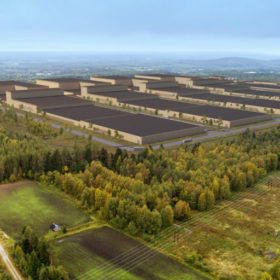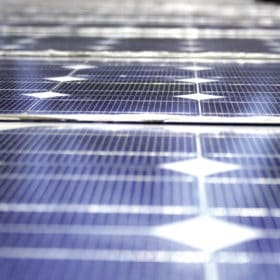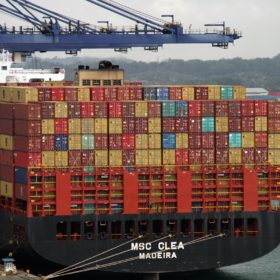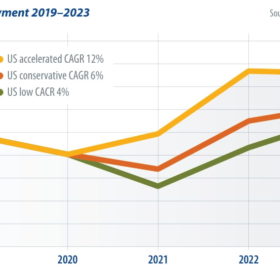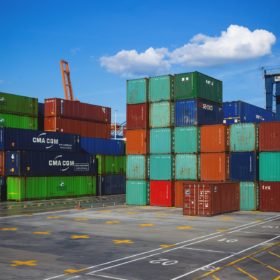European Commission moves on battery skills and forced labor
The EU’s executive body will supply €10 million to the European Battery Academy program launched in Brussels yesterday which aims to train the 800,000 battery workforce it has been estimated will be required in three years’ time.
CPIA pushes back against US ban on solar imports from Xinjiang
The China Photovoltaic Industry Association (CPIA) has criticized the adoption of the Uyghur Forced Labor Prevention Act by the United Stats Congress, which bars all imports from China’s Xinjiang region, and urged the country to stop spreading harmful rumors.
Stepping UP in 2021: #2 Solar workers’ rights and leading by positive example
There is increasing pressure, globally, for companies to be held more accountable, particularly when it comes to sustainability and just working conditions, and this topic is only growing in importance. With this in mind, pv magazine’s UP Initiative spent Q2 2021 looking at what solar and energy storage companies could do to lead by positive example when it comes to the workers, often far removed, involved in the production of their products and services.
US House unanimously passes forced labor bill for China’s Xinjiang region
The Uyghur Forced Labor Prevention Act would ban all imports from China’s Xinjiang region, unless the US government determines that products were not made with forced labor. The region supplies about 50% of the world’s polysilicon, which is an essential material in solar PV.
Trolley car conundrum
The U.S. solar industry faces a moral dilemma, writes Paula Mints of SPV Market Research. Either continue to deploy projects and set aside concerns about forced labor in China’s Xinjiang region, or source PV cells and modules from elsewhere, while bearing higher costs, in the pursuit of urgent action against climate change.
Tongwei became the largest polysilicon producer in 2020
A new report from Bernreuter Research reveals that Wacker Chemie lost its top spot in the 2020 global polysilicon rankings. It was also the only western company among the “Big Six” that are expected to form a new polysilicon super league in the PV industry. Overall, these six reached a total polysilicon capacity of 470,000 MT last year.
Creating an alternative PV supply chain in the US is no cakewalk
The US Solar Energy Industry Association in late 2020 launched a campaign against forced labor and said it was “strongly encouraging” member companies to adjust their supply chains by June. Here is what will likely happen.
Xinjiang sanctions and the PV supply chain
Due to forced labor concerns, a ban on imports from Xinjiang to the United States appears likely. This could be another blow for polysilicon producers hit by industrial accidents and the threat of floods in the third quarter of 2020. Chinese polysilicon prices have surged more than 50% in a matter of a months. Consequently, wafer prices have skyrocketed, bringing increasing costs to the solar cell and PV module segments. In the face of price hikes, some projects are now postponed until the first half of 2021.
